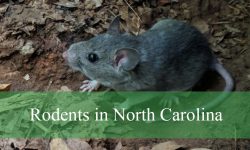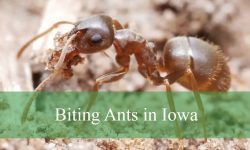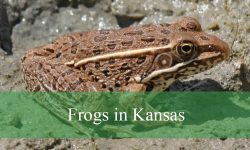North Dakota hosts a fascinating variety of woodpecker species, each with unique colors, calls, and behaviors. From the tiny Downy Woodpecker to the impressive Pileated Woodpecker, these birds add life and sound to the state’s forests, woodlots, and parklands.
Whether perched on a dead tree or foraging along forest edges, woodpeckers play an important role in controlling insect populations and creating nesting cavities for other wildlife. Their drumming and distinctive calls make them a favorite target for birdwatchers and photographers alike.
This guide covers ten woodpecker species commonly found in North Dakota. Each entry includes identification tips, habitat preferences, feeding habits, and behavior, making it easy to recognize and appreciate these remarkable birds.
Common Woodpeckers Found in North Dakota
Red-headed Woodpecker (Melanerpes erythrocephalus)
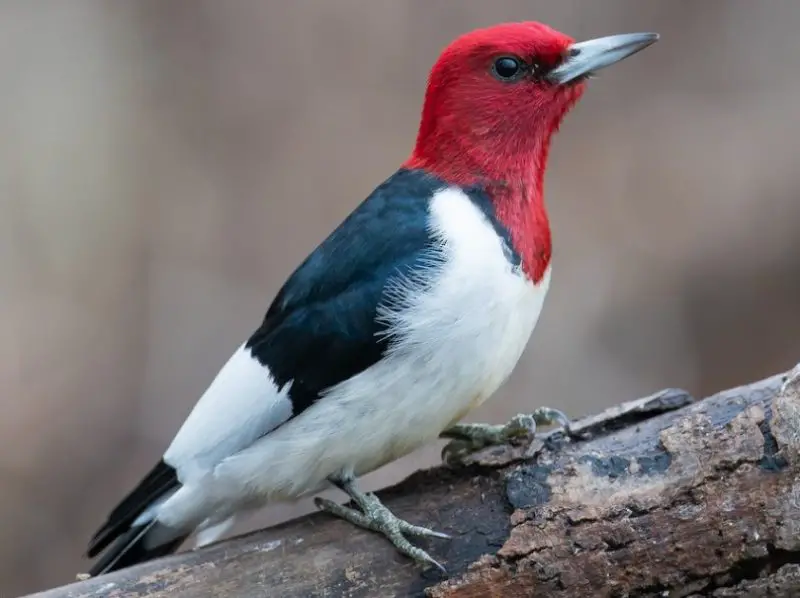
The Red-headed Woodpecker is instantly recognizable thanks to its striking, entirely red head contrasted with a white belly and black back with white wing patches. Adult males and females share similar plumage, making them relatively easy to identify. Juveniles, however, have a more muted, brownish head, which can sometimes lead to confusion with other woodpecker species. Their medium size and bold coloration make them stand out in both wooded areas and open fields.
This species favors open woodlands, groves, orchards, and even urban parks with scattered trees. They are cavity nesters, often using dead trees or snags for breeding. Red-headed Woodpeckers are known to aggressively defend their nesting sites from other cavity-nesting birds and squirrels, making them highly territorial during the breeding season.
Diet is varied and opportunistic. They feed on insects, fruits, nuts, and occasionally small vertebrates. They are also famous for storing food in tree crevices and bark, a behavior called “caching.” During fall, they often congregate near ripening fruits or acorns, which provide crucial energy for migration.
In North Dakota, these woodpeckers are most often seen during spring and summer, though some individuals may stay into the fall. Birdwatchers can spot them in parklands, open forests, and along forest edges, especially near areas with scattered dead trees suitable for nesting. Their loud, rolling “churr” calls are also a helpful way to locate them in their habitat.
Red-bellied Woodpecker (Melanerpes carolinus)

Despite its name, the Red-bellied Woodpecker’s most noticeable feature is the bright red cap that extends from the forehead to the nape in males, while females have red mainly on the back of the head. The body is patterned with black and white barred wings and a pale, slightly reddish belly that gives the species its name. This medium-sized woodpecker is common in deciduous forests, backyard feeders, and suburban woodlots across eastern North Dakota.
They are highly adaptable to human presence, frequently visiting bird feeders stocked with suet, sunflower seeds, or peanuts. Like other Melanerpes species, they are cavity nesters and may excavate their own nests or reuse abandoned cavities from other birds. Their territories often encompass several acres of mixed woodland, where they can forage efficiently.
The diet consists mainly of insects, including beetles, ants, and caterpillars, supplemented by nuts, seeds, and fruits. During winter, they rely more heavily on seeds and stored food. Red-bellied Woodpeckers are active foragers, climbing tree trunks and branches with agile movements while probing bark for hidden insects.
Observers in North Dakota can spot them year-round, although they are most visible at feeders during winter. Their loud, rolling calls, often described as “churr-churr-churr,” make them easy to detect even when hidden in dense foliage. Males are especially vocal during spring courtship displays.
Downy Woodpecker (Picoides pubescens)
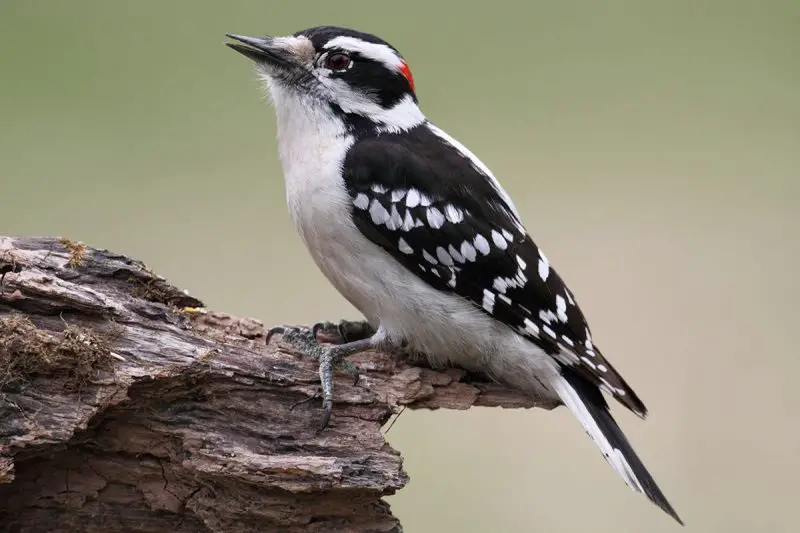
The Downy Woodpecker is the smallest woodpecker in North Dakota, measuring just 6–7 inches long. It has a white underside, black-and-white barred wings, and a small black bill. Males sport a small red patch on the back of the head, while females lack this feature. Its compact size and delicate features differentiate it from the larger Hairy Woodpecker, though both share similar coloration.
Downy Woodpeckers are highly adaptable, occupying forests, parks, suburban yards, and even orchards. They often forage on small branches and twigs, using their tiny bills to extract insects from crevices. Like many woodpeckers, they excavate nesting cavities in dead trees or dead sections of living trees. These cavities provide essential shelter for raising young and overwintering.
Their diet is primarily insects, including beetles, caterpillars, and ants, but they also eat seeds and berries. At feeders, they particularly enjoy suet and sunflower seeds. Downy Woodpeckers are agile climbers, capable of clinging to thin branches that cannot support larger woodpeckers.
In North Dakota, Downy Woodpeckers are common year-round. They are frequently observed at backyard feeders, especially in winter when insects are scarce. Their high-pitched, sharp “pik” call and distinctive drumming on branches or metal poles are reliable signs of their presence.
Hairy Woodpecker (Picoides villosus)
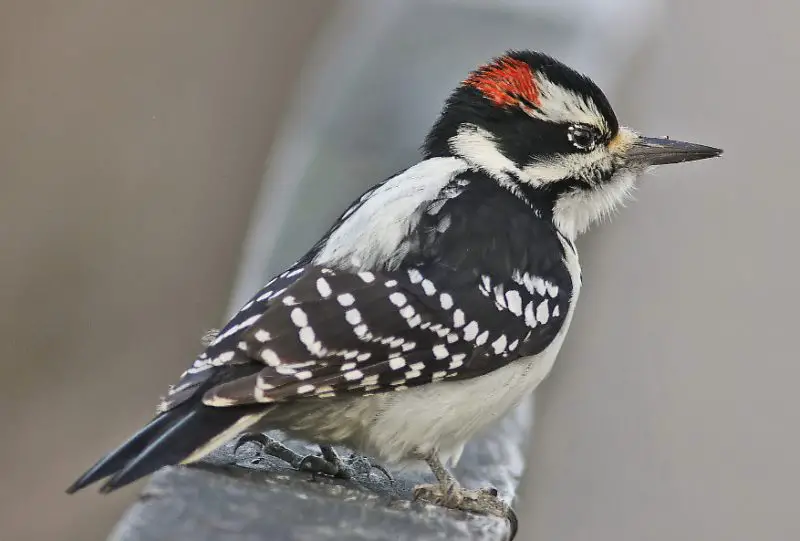
The Hairy Woodpecker closely resembles the Downy Woodpecker but is larger, measuring 9–11 inches in length with a proportionally longer bill. Adults have black-and-white plumage with a solid white underside and prominent white patches on the back. Males feature a small red patch on the back of the head, while females do not. The size and thicker bill are key identification features distinguishing them from the smaller Downy Woodpecker.
This species prefers mature forests, especially areas with large trees suitable for nesting and foraging. Hairy Woodpeckers excavate nesting cavities in dead or decaying trees, often selecting sturdy branches or trunks that can support their larger size. They maintain territories and may defend nesting areas from intruders, including other woodpeckers.
Their diet is largely insectivorous, including beetles, caterpillars, and wood-boring larvae, though they occasionally consume fruits and nuts. They are skilled at probing deep crevices and peeling bark to reach hidden insects, using their long, chisel-like bills effectively.
Birdwatchers in North Dakota can observe Hairy Woodpeckers year-round in both forests and wooded suburban areas. Their distinctive drumming on tree trunks and loud “peek” calls make them easy to locate. They are less likely than Downy Woodpeckers to visit small backyard feeders but may be attracted to large suet feeders.
Northern Flicker (Colaptes auratus)
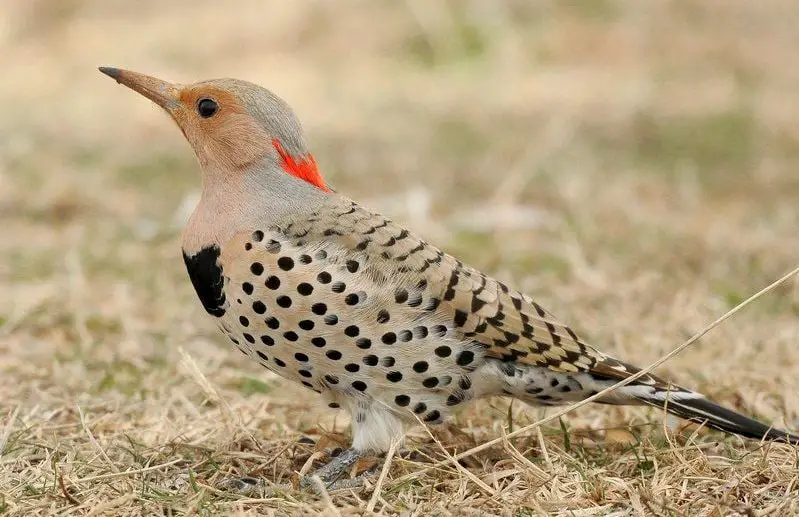
The Northern Flicker is a medium-sized woodpecker distinguished by its spotted breast, barred back, and bright yellow shafts on the flight feathers (in the eastern “yellow-shafted” form common in North Dakota). Males often display a red malar stripe along the face, and both sexes have a brownish face with black crescent markings on the chest. They are larger and more colorful than most other woodpeckers in the state.
Unlike many woodpeckers, Flickers frequently forage on the ground for ants and beetles, using their long, curved bill to dig into soil and leaf litter. They also feed in trees on fruits and seeds. This behavior makes them somewhat unique among North Dakota’s woodpecker species.
Northern Flickers nest in tree cavities, often excavated in dead or decaying trees. They may reuse old cavities or compete with other cavity-nesting species for nesting sites. During migration or winter, they may form loose flocks, especially in open woodlands and forest edges.
Birdwatchers can spot Flickers across North Dakota during spring and summer, with some remaining in winter if food sources are available. Their loud, ringing “wick-a-wick-a” call and distinctive flight pattern, showing white rump patches, are helpful for identification from a distance.
Pileated Woodpecker (Dryocopus pileatus)
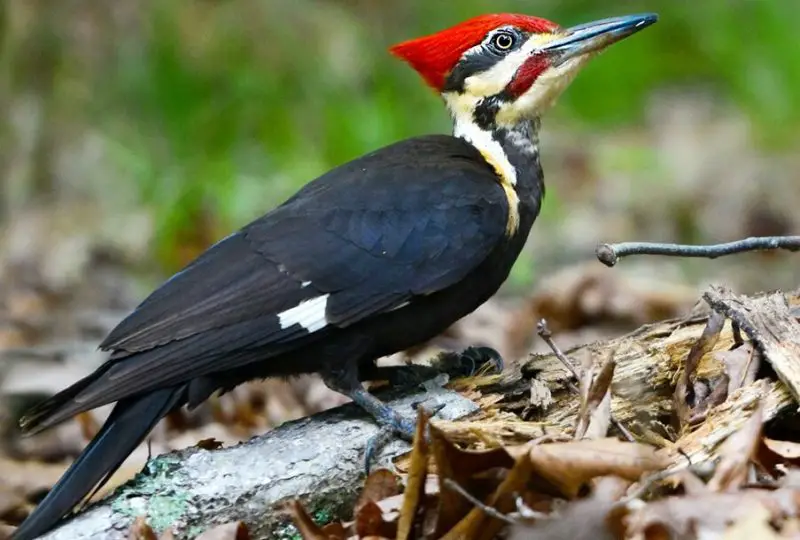
The Pileated Woodpecker is North Dakota’s largest woodpecker, measuring up to 19 inches long with a wingspan of nearly 30 inches. Its striking black body, white underwings, and bright red crest make it unmistakable. Males also have a red line from the bill to the throat, called a malar stripe. Its large size, loud calls, and dramatic drumming on trees make it one of the most noticeable woodpeckers in the state.
Pileated Woodpeckers prefer mature forests, especially those with abundant dead trees for nesting and foraging. They excavate massive rectangular cavities in dead or decaying trees, which are later used by other birds and mammals. These birds are territorial and often require several acres of wooded habitat per breeding pair.
Their diet mainly consists of carpenter ants and other insects, but they also eat fruits and nuts. They are famous for their powerful chiseling, often leaving enormous rectangular holes in tree trunks as they extract insects. These feeding marks are a signature sign of their presence.
In North Dakota, Pileated Woodpeckers can be observed year-round, particularly in heavily wooded areas or forested river corridors. Birdwatchers often locate them by their loud, ringing “cuk-cuk-cuk” calls or by spotting them flying between trees with their distinctive slow wingbeats.
Yellow-bellied Sapsucker (Sphyrapicus varius)
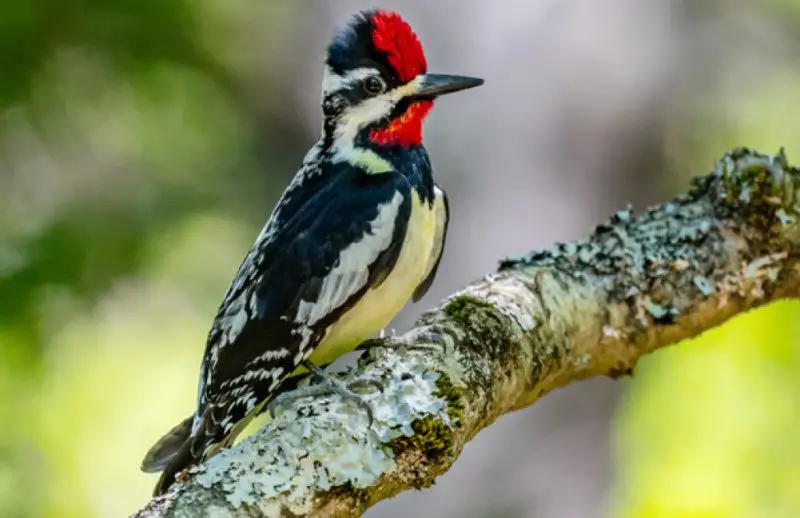
The Yellow-bellied Sapsucker is a medium-sized woodpecker with a black-and-white patterned head, red forehead, and pale yellowish belly. Males also have a red throat patch, while females have a white throat. The distinctive horizontal barring on the back and wings, combined with their unique feeding behavior, makes them easy to identify during migration.
These woodpeckers favor deciduous forests, forest edges, and orchards. They are migratory in North Dakota, usually passing through in spring and fall. Sapsuckers drill neat rows of small holes in tree bark to feed on sap, a behavior that often attracts insects, which they also eat.
Diet is mainly tree sap, insects, and occasionally fruits. Their specialized tongue helps them lap up sap from holes they have created, making them unique among North Dakota woodpeckers. They may return to the same trees repeatedly throughout the season, creating characteristic “sap wells” visible to observers.
Birdwatchers in North Dakota can spot Yellow-bellied Sapsuckers during migration, particularly in forested parks and orchards. Their loud, nasal “meow” calls and rhythmic drumming on trees help locate them even when foliage obscures the body.
Black-backed Woodpecker (Picoides arcticus)

The Black-backed Woodpecker is a medium-sized, predominantly black woodpecker with a white belly and white wing patches. Males have a small yellow patch on the crown, while females lack this marking. Its stiff tail feathers and chisel-like bill make it an excellent climber on burned or dead trees, where it primarily forages.
This species is highly specialized, preferring recently burned coniferous forests or areas with abundant dead trees. In North Dakota, it is considered rare and typically only observed in northern forested regions or in areas recovering from wildfires. Its habitat specificity means sightings are uncommon, and it requires large tracts of mature or recently disturbed forest.
The Black-backed Woodpecker feeds mainly on wood-boring beetle larvae, which it extracts from burned trees using its strong bill. It may also eat other insects and occasionally seeds. Its reliance on post-fire habitats makes its population sensitive to forest management and fire suppression practices.
Birdwatchers seeking this species in North Dakota should visit northern forests in late spring or summer, often listening for soft, high-pitched calls or noticing its methodical foraging on burned tree trunks. Spotting one is considered a special treat due to its rarity.
Lewis’s Woodpecker (Melanerpes lewis)
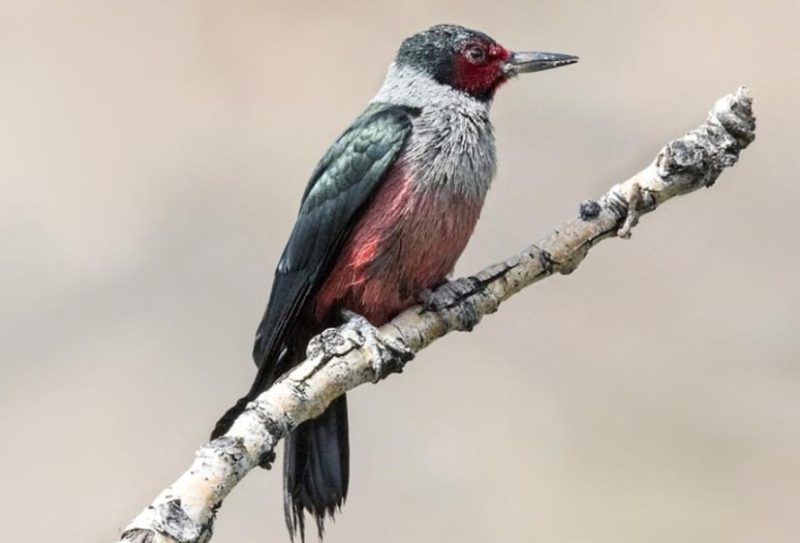
Lewis’s Woodpecker is a medium-sized woodpecker with a striking dark greenish-black back, salmon-pink belly, gray face, and red face patch in males. Its broad wings and long tail give it a more fluttering flight than typical woodpeckers. In North Dakota, it is rare and primarily a migrant or casual visitor in open woodland and riparian areas.
This species prefers open pine forests, oak savannas, and areas with scattered dead trees for nesting. It often nests in old cavities excavated by other woodpeckers or natural tree holes. Lewis’s Woodpecker is less territorial than other species, and its behavior is sometimes described as more “social,” often forming loose flocks outside the breeding season.
Diet is varied, including insects, nuts, fruits, and berries. Unlike other woodpeckers, Lewis’s Woodpecker frequently catches flying insects midair, using a distinctive hawking technique. This hunting behavior is one of its defining characteristics and makes it unique among North Dakota woodpeckers.
Observers in North Dakota may spot Lewis’s Woodpecker in late spring or summer, particularly near rivers, forest edges, and open woodlands. Its slow, erratic flight and occasional chattering calls make it distinguishable from other woodpecker species.
Williamson’s Sapsucker (Sphyrapicus thyroideus)
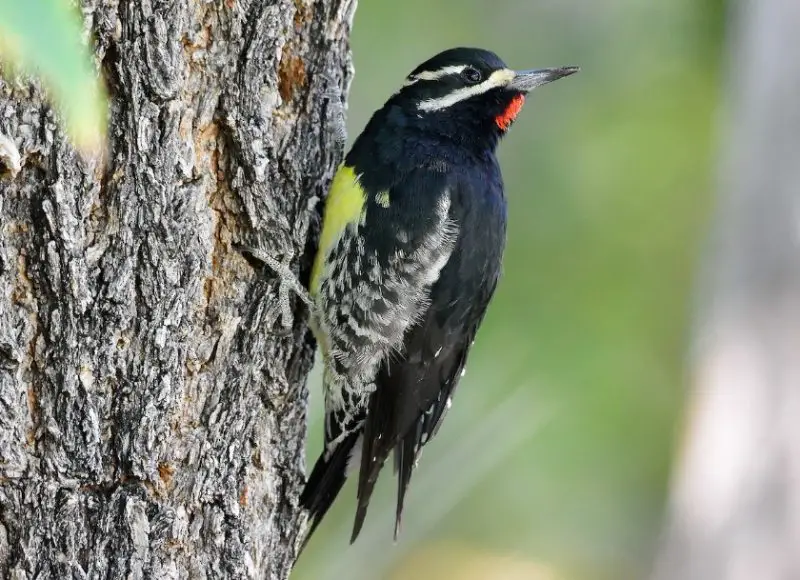
Williamson’s Sapsucker is a medium-sized woodpecker with sexual dimorphism: males have a striking black head and back with a red throat and breast, while females are brownish with white spots and stripes. Both sexes have pale bellies. This species is extremely rare in North Dakota and primarily a western and mountainous species.
It prefers coniferous forests, especially areas with large aspens or pines suitable for nesting. Williamson’s Sapsucker excavates tree cavities for breeding, often selecting dead or decaying trees. Its rarity in North Dakota makes sightings unusual and noteworthy for birders.
Its diet consists of sap, insects, and occasionally fruits. Like the Yellow-bellied Sapsucker, it drills holes to access sap but also hunts insects attracted to the sap wells. The sapsucker’s specialized feeding behavior is essential for understanding its ecological role in forested habitats.
Birdwatchers hoping to see Williamson’s Sapsucker in North Dakota should focus on remote forested areas in spring or early summer. Its loud, high-pitched call and drumming on tree trunks are subtle indicators of its presence, making patience essential for successful observation.
FAQs About Woodpeckers in North Dakota
How many species of woodpeckers are found in North Dakota?
North Dakota is home to around ten woodpecker species. These range from common species like the Downy and Hairy Woodpeckers to rarer species such as the Black-backed Woodpecker, Lewis’s Woodpecker, and Williamson’s Sapsucker.
What is the largest woodpecker in North Dakota?
The Pileated Woodpecker is the largest in the state. It can reach up to 19 inches in length with a wingspan of nearly 30 inches. Its bright red crest and loud calls make it easy to identify.
Which woodpecker is most commonly seen at feeders?
The Downy Woodpecker and Red-bellied Woodpecker are frequent visitors to backyard feeders in North Dakota. They particularly enjoy suet, sunflower seeds, and peanuts.
Are there any rare woodpeckers in North Dakota?
Yes, species like the Black-backed Woodpecker, Lewis’s Woodpecker, and Williamson’s Sapsucker are considered rare. They have specialized habitats or are primarily migratory, making sightings uncommon.
Where can I find woodpeckers in North Dakota?
Woodpeckers are found in forests, woodlots, riparian areas, and parklands. Open woodlands with dead trees are especially attractive because they provide nesting sites and food sources.
When is the best time to observe woodpeckers in North Dakota?
Most woodpeckers can be observed year-round, but species like the Yellow-bellied Sapsucker and Lewis’s Woodpecker are more visible during spring and fall migration. Summer is ideal for spotting nesting activity.
What do woodpeckers eat in North Dakota?
Woodpeckers have varied diets depending on the species. Common foods include insects (like beetles, ants, and larvae), tree sap, nuts, seeds, fruits, and occasionally small vertebrates. Some species, like the Northern Flicker, forage on the ground for ants.
How can I identify different woodpecker species?
Identification relies on size, plumage color, head markings, behavior, and habitat. For example, the Red-headed Woodpecker has a fully red head, while the Red-bellied Woodpecker has a red cap and barred back. Observing feeding habits and listening for calls can also help.



